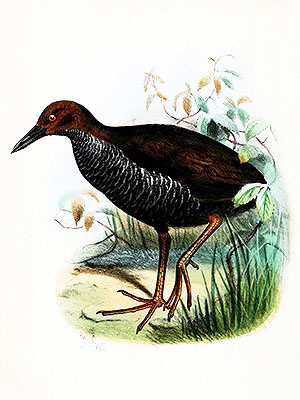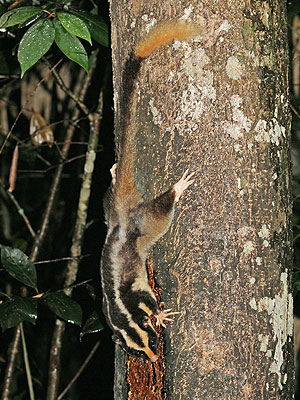Engler’s Cinnamon (Cinnamomum englerianum)
This species is known from only two collections that were obtained at the early 1900s from a single locality along the Sepik river in Papua New Guinea.
The lowland areas in that region are now highly disturbed due to deforestation and this species might indeed be extinct now.
***
The photo below shows an unspecified congeneric species (Cinnamomum sp.) that was photographed in Papua New Guinea.
*********************

Photo: Kellie Uyeda
https://www.inaturalist.org/people/kuyeda
https://creativecommons.org/licenses/by-nc/4.0/
*********************
edited: 24.02.2024


